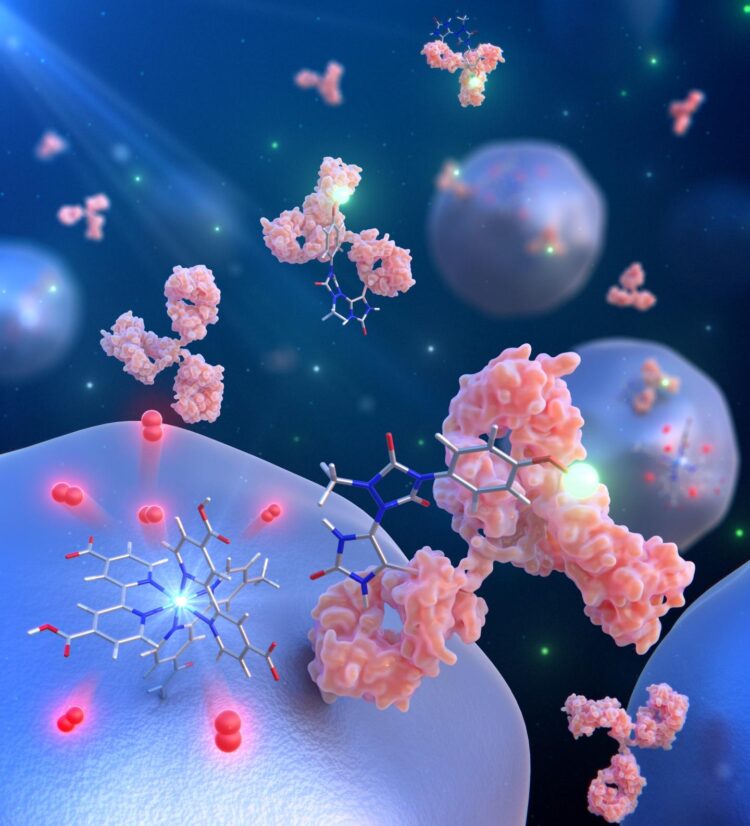Researchers have created a new nanometer-scale proximity labeling system that targets histidine residues quickly, providing a new chemical tool in protein chemical modification.
The results of their research were published in the Journal of the American Chemical Society on April 27, 2021.
Protein chemical modification, a technology that introduces functions into the chemical structure of proteins through irreversible strong bonds, is used for the creation of protein-based biomaterials and for drug delivery systems.
In order to carry out modification, protein labeling is necessary. Proximity labeling is one of those techniques. It labels biomolecules located close to a protein of interest which can then also be marked and analyzed.
However, there are only a few chemical reactions that can be applied to protein chemical modification methods. Moreover, there have been very few reports on the selective modification of histidine residues.
In previous electrophilic approaches, the weak nucleophilic nature of histidine residues results in low selectivity for other nucleophilic amino acids.
A gaseous inorganic chemical known as singlet oxygen helped overcome this barrier. Singlet oxygen is a highly reactive chemical species with microsecond-scale lifetimes and nanometer-scale diffusion distances.
The research group employed nucleophiles to capture the electrophilic intermediates produced by the reaction of singlet oxygen with histidine residues. The high reactivity of singlet oxygen led to a rapid and complete reaction.
Conventional histidine labeling methods take several hours to chemically modify the histidine residues of proteins. Yet, this method modified the histidine residues in only a few minutes by visible light irradiation of the photocatalyst under physiological pH conditions.
Corresponding author Dr Shinichi Sato from the Frontier Research Institute for Interdisciplinary Sciences at Tohoku University says that their discovery has opened the door to protein analysis research using singlet oxygen. “Using conventional singlet oxygen production methods can potentially develop into a technology that clarifies unexplored intracellular signal transduction and protein-protein interactions.”
###
Media Contact
Shinichi Sato
[email protected]
Original Source
https:/
Related Journal Article
http://dx.





